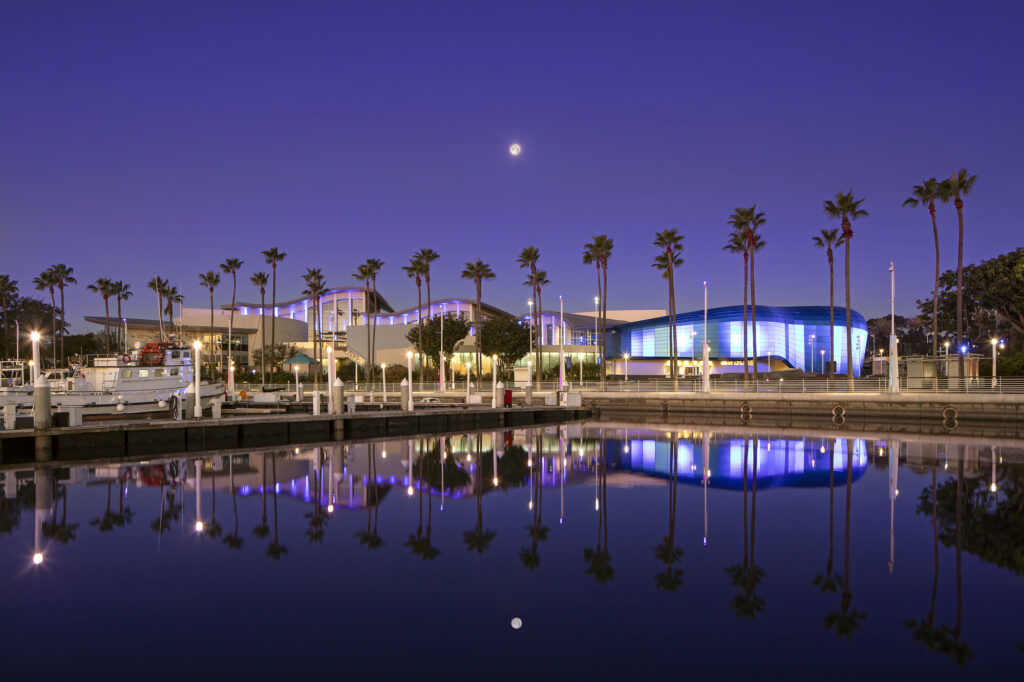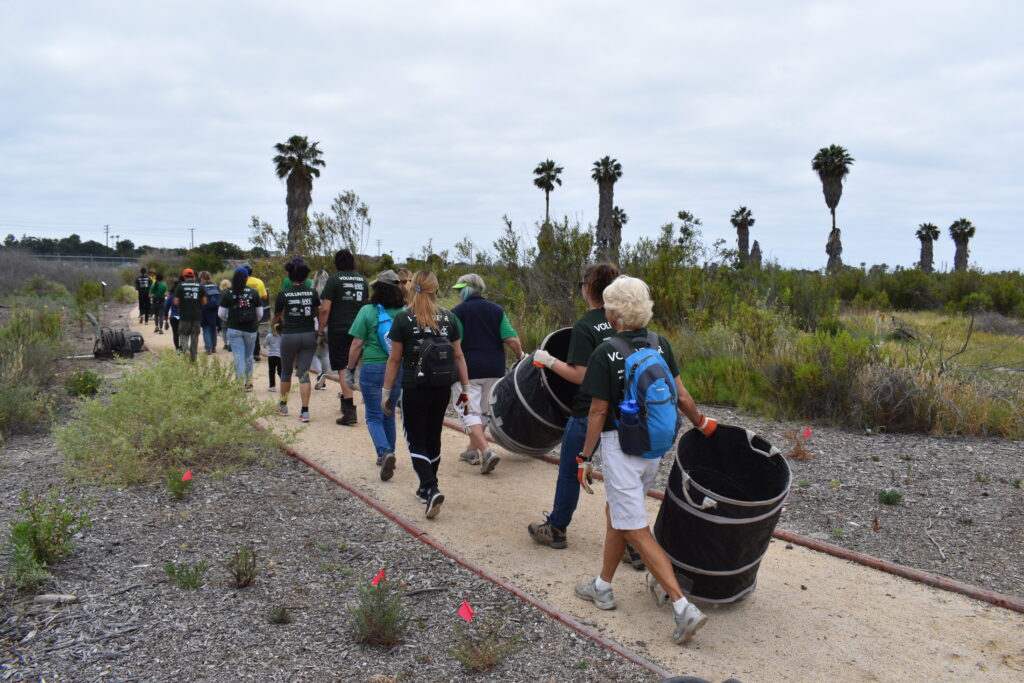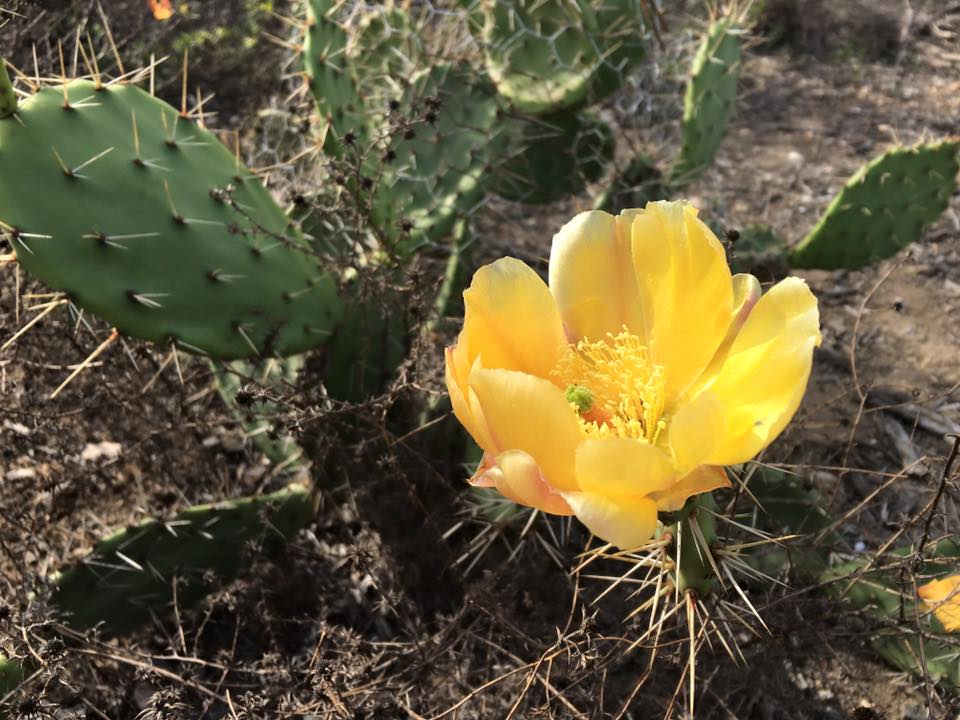Over Coffee® | Stories and Resources from the Intersection of Art and Science | Exploring How to Mak

“Medicine for the Planet”
 (Photography by Tom Bonner, courtesy of Aquarium of the Pacific.)
(Photography by Tom Bonner, courtesy of Aquarium of the Pacific.)“We know what to do,” says Aquarium of the Pacific President and CEO Dr. Peter Kareiva.
He’s talking about the ways communities can collaborate on combating climate change.
And those activities will be the focus of a brand-new course which the Aquarium is offering, this autumn, in partnership with Orange Coast College.
Entitled “Ocean Conservation and Community Science“, the course is geared towards high-school students. Class sessions will happen at the Aquarium, two nights a week, starting August 30th, according to the Aquarium’s website.
The course is free to high-school students, who will receive three units of college credit. Labs and optional field trips will accompany the class sessions.
A mission beyond the classroom
 (Photograph by Cassandra Davis, courtesy of Aquarium of the Pacific.)
(Photograph by Cassandra Davis, courtesy of Aquarium of the Pacific.)More importantly, though, the curriculum will provide discourse with conservation specialists and hands-on activities.
The goals: to reach students who might otherwise not have the opportunity to discover their own personal connections with nature–and to give back to the community.
That “giving back” element comes with encouraging the students to continue to act on that connection, long after the final class session has concluded. In fact, Dr. Kareiva, who will be the lead instructor, says the new course may very well open the door to careers which students hadn’t previously considered.
Dr. Kareiva and a number of conservationists will be sharing both their expertise. and the ways in which their talents led to their current career path. And these will be two-way conversations, with students encouraged to share their ideas and get involved in labs and hands-on activities.
 (Photograph by Eileen Delrosario, courtesy of Aquarium of the Pacific.)
(Photograph by Eileen Delrosario, courtesy of Aquarium of the Pacific.)Arts-oriented students, especially, may be surprised to discover the ways their talents could fit into a science career with a focus on conservation.
“I think everybody’s a conservationist at heart,” Dr. Kareiva explains. (“No one wants to destroy the planet.”)
While the course is currently full, Dr. Kareiva says there is a wait list available. In addition, his vision is an expansion of this class, to include other communities and universities, in the future.
Dr. Kareiva offered a preview of the new course. discussed the Aquarium’s conservation activities, and shared his perspectives on taking action to heal the environment.
On this edition of Over Coffee® we cover:
- How Dr. Kareiva became inspired to focus his talents as a scientist on conservation;
- The goals of the new course and how it differs from a traditional “class”;
- What students will experience in “Ocean Conservation and Community Science”;
- Why “community conservation” is effective;
- The real-world interactive experiences available to students;
- How to get on the waitlist;
- How Dr. Kareiva has observed young Aquarium visitors connecting with nature;
- The ways in which we engage with conservation in a personal way;
- How programs like the new class can inspire youth to explore science careers that might otherwise have never occurred to them as possibilities;
- The roles arts-oriented students might want to consider in future conservation-oriented careers;
- How the new course reflects the ways in which the education field is evolving;
- Dr. Kareiva’s future vision for the course;
- Our best chance at addressing the problems of climate change;
- How youth volunteers are applying their talents to conservation efforts;
- How an early study illustrated the power of effective communication in educating the public about climate change.






 Visit Podcast Website
Visit Podcast Website RSS Podcast Feed
RSS Podcast Feed Subscribe
Subscribe
 Add to MyCast
Add to MyCast